Why are Australian Businesses Moving Toward NBN Enterprise Ethernet?
- 09 November, 2022
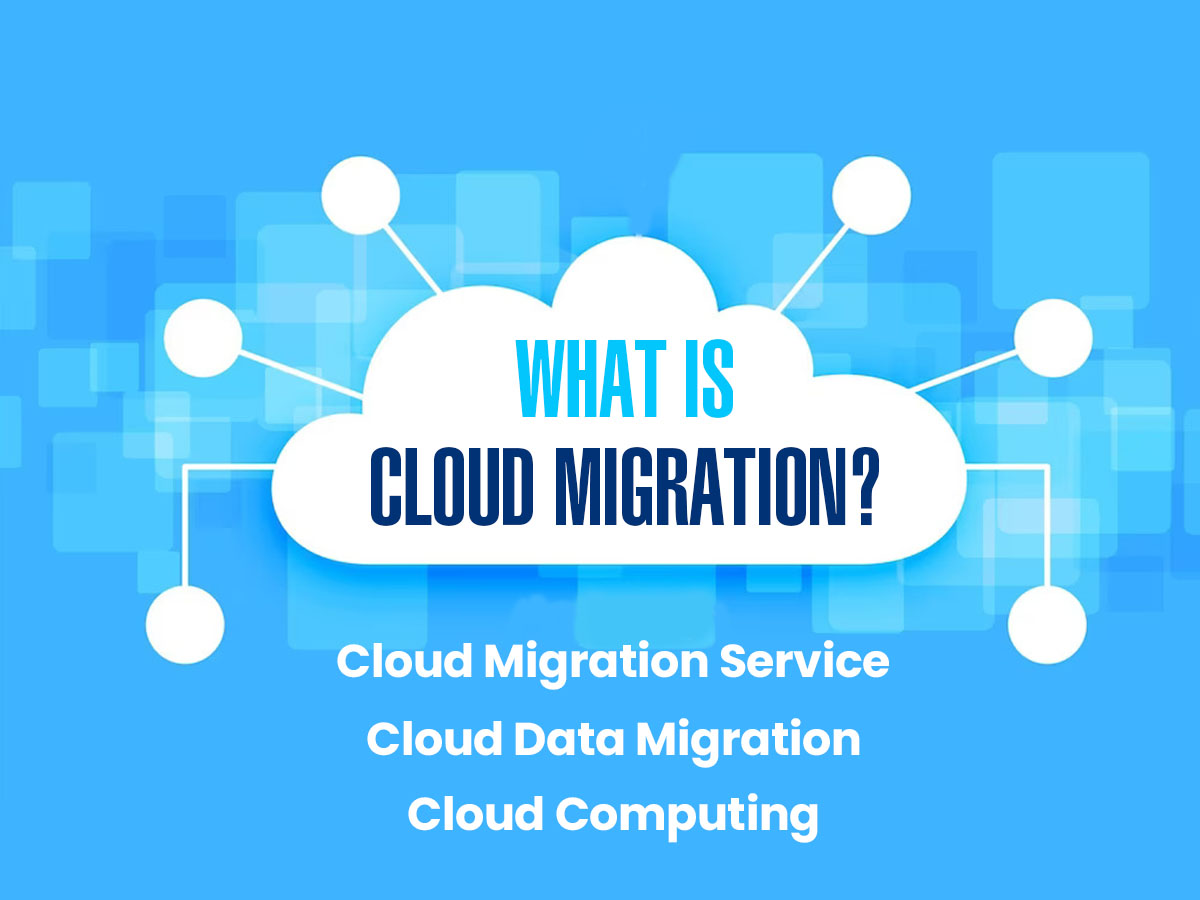
Cloud Migration is an integral part of small and mid-sized businesses. It has become mandatory to upgrade the computer infrastructure and other digital tools to be competitive and provide client services remotely. Smart-tech offers cloud migration consulting and has the best cloud migration service in Australia. Thanks to the pandemic, it has geared up technological advancements. As per the survey carried out by the IT Operations Survey, 2022, the percentage of interviewees who used cloud cost management tools hiked from 7% to 24% since cloud adoption increased. The reports also featured that almost two-thirds of the interviewee spent as much as twenty-five per cent of their fund on cloud infrastructure. This blog aims to answer common information about cloud migration, its challenges, processes, and benefits. So, let us scroll down.
Cloud migration service transfers an organisation’s applications, data, and other digital business operations to the cloud. Cloud data migration is a kind of physical move; it includes moving IT resources from a particular data centre to other data centres, just like shifting from a small firm to a large firm. Cloud migrations vary in type. A usually used model is that which relocates an on-prem data centre to the public cloud. Another type involves transferring applications or data from one cloud platform to another (cloud-to-cloud migration). The third kind is migrating reversely, also referred to as cloud exit; data or an application is relocated from the cloud and back to a local data centre. Further, some clouds are private, bearing secured clouds accessible to only a particular organisation. Some other clouds are public, where service is delivered over the public internet. Although it is cost-effective and with great flexibility, it requires perfect analysis, planning, and execution to make sure the cloud solution matches your business needs. Emerged as a slang term in the technical world, “the cloud” was the “internet” in the initial days that had the technical diagrams representing the servers and network infrastructure making up the internet as a cloud. People started transferring data to “the cloud” whilst several computing processes were shifted to the servers and infrastructure of the internet. They refer to the servers retrieved on the internet along with the data and the software that runs on those servers. Further, with cloud computing, users or business firms need not have to maintain their own physical servers.
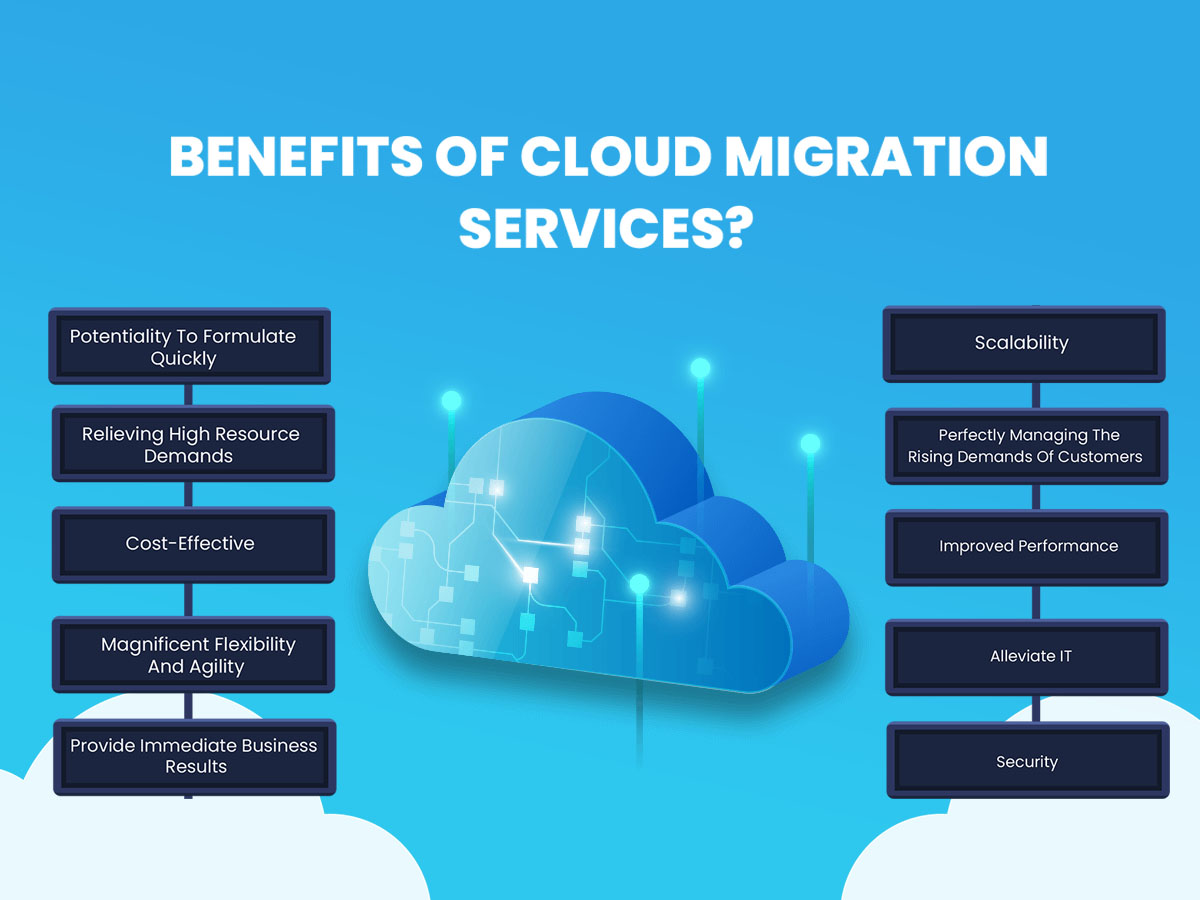
Cloud migration has been used widely to accustom to the flexible digital work environment and to deal with the demands of online work-from-home culture in recent times. Cloud migration is essential since it enables small to medium-sized businesses to effectively carry out a heterogeneous and diversified employee and clientele. Cloud computing is going to be the future of Information Technology. So, it would be a great failure if you don’t opt for cloud migration. Here’s a list of benefits of cloud migration:
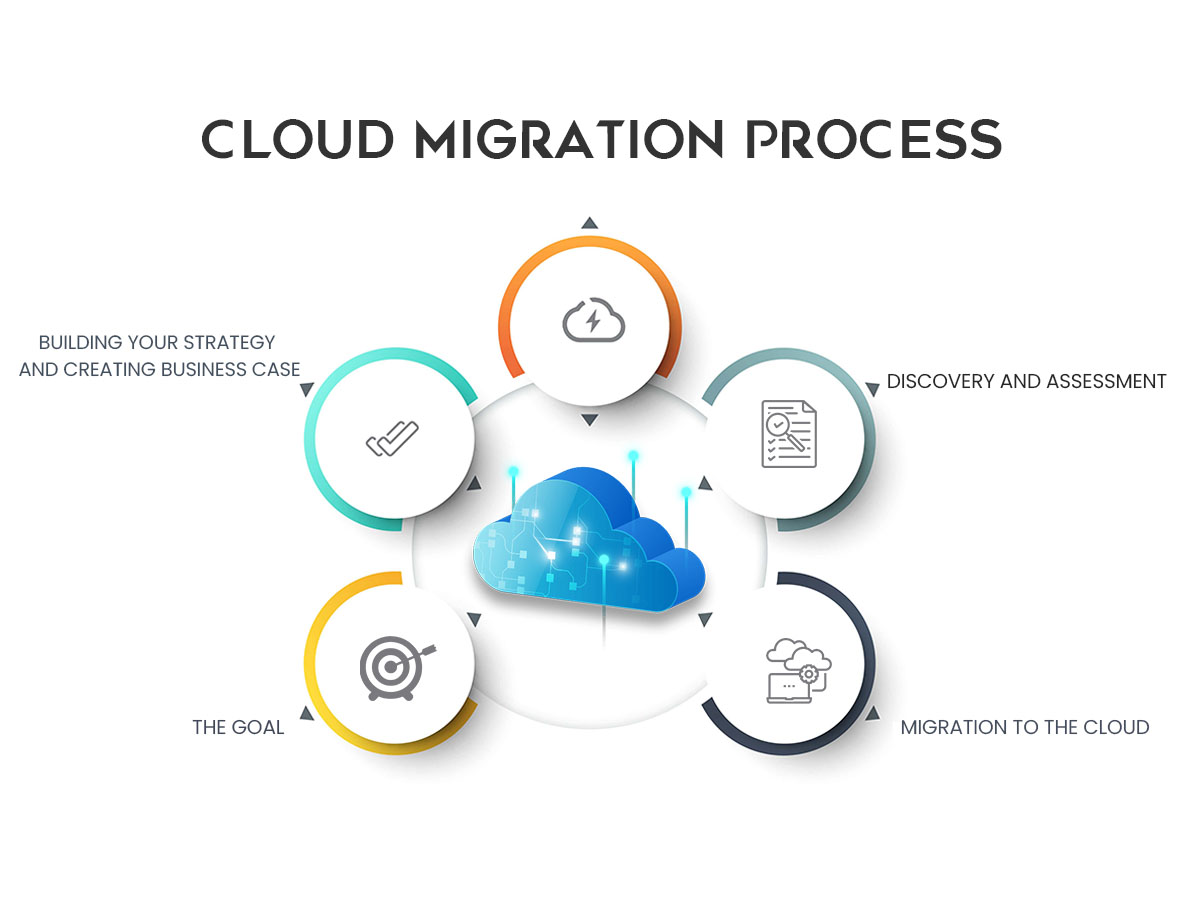
Cloud migration as a process consists of four stages:
The business value of transitioning to the cloud is a vital point that you must consider. Transitioning to the cloud is more than just a technical process. It should also achieve the objectives that the firm has to achieve. We can build a cloud migration strategy and the business case for transition depending on these objectives. It determines which applications should be transferred to which kind of cloud environment and what infrastructure it should appear like. Deciding it at the outset is essential to a successful cloud migration.
This process determines where, what, and when to move. Discovering and assessing their existing framework to identify their present infrastructure changes is the top priority in deciding the most suitable application and data to be migrated to the cloud.
This process includes upgrading existing applications for the cloud, building new cloud-native applications, and changing the infrastructure and framework.
Gradually develop an entirely new technology operating model and culture that aids the firm to innovate more effectively, quickly, and efficiently. Automated cloud migration tools are essential for executing a smooth transition. This results in high speed, consistency, and high quality. A strong cloud journey management plan is vital in this phase to maintain this process on track.

Although cloud migration has many benefits, it can be complex and hazardous. Here are some of the primary issues many companies face while migrating to the cloud.
Many companies start their cloud migration without adequate time and notice to their plan. An end-to-end strategy for cloud migration is necessary for successful adoption and execution. Each application and workload may have unique requirements that necessitate a distinctive strategy for cloud migration. Thus, you must hire a service provider who is a licensed and certified expert in executing cloud migration.
Many organisations look at the investment in migrating to the cloud. Thus, it poses a question: is migration cost-effective? Since cloud environments are revolutionary, the charges can differ with the new services adopted and with the development of applications.
Often, cloud technology adopters experience vendor lock-in. The service providers offer an array of services; however, most of the time cannot be converted to other cloud platforms. Transferring workloads from one cloud to the other is time-consuming and expensive.
Data security and compliance are two major hindrances to cloud migration. Cloud services work on a shared responsibility model. This means that the service providers are responsible for infrastructure security, and configuring them appropriately is up to the users. There is a risk as far as mass data migration is concerned. The data may get seized during the migration. While using cloud services, clients should exercise all cybersecurity precautions. Compliance is a daunting task. While installing cloud technologies, you must ensure that they comply with different rules and regulations that will change depending on your industry and location.
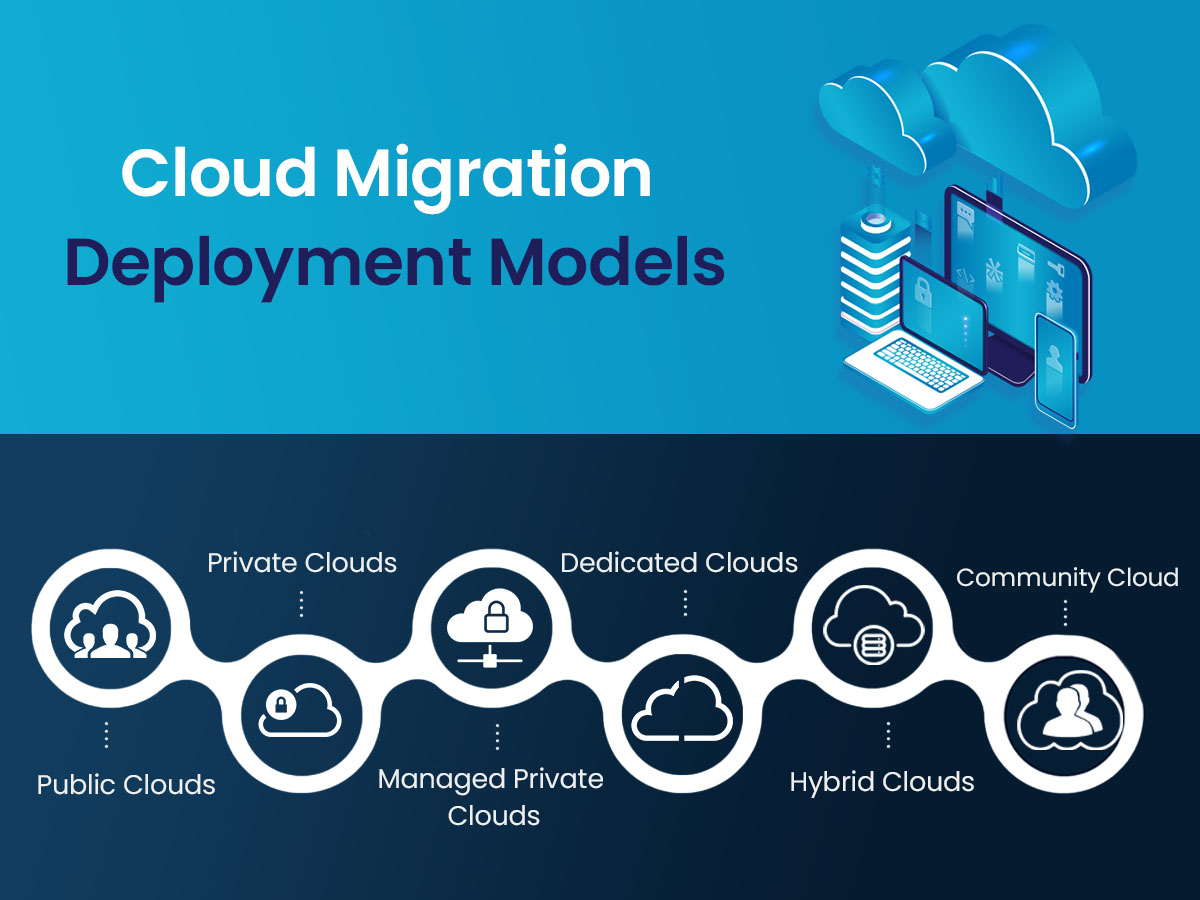
Public clouds are cloud platforms typically built from IT infrastructure not possessed by the end user. Conventional public clouds go off-premises, while today’s public cloud service providers have initiated delivering cloud services on the firm’s on-prem data centres. A few renowned public cloud migration tools are AWS Cloud migration (Amazon Web Services), Alibaba Cloud, Google Cloud, Microsoft Azure and IBM cloud. The fee structure is not a criterion for public clouds since some providers offer the service for free. It can be abstracted and sold as IaaS, or it can be designed into a cloud platform and sold as PaaS.
| Pros | Cons |
|---|---|
| Flexibility and reliability | Controlled visibility |
| Disaster recuperation | Data privacy and security |
| Reduced cost | Unpredictable cost |
| High scalability | No control over data |
Private clouds are dispensed systems that process on private infrastructure and offer the users dynamic servicing of computer resources. Private clouds do not require sourcing from on-prem IT infrastructure. Some organisations are developing private clouds on a rented basis or vendor-possessed data centres situated off-prem, which makes any ownership rules or location outdated. Unlike the pay-as-you-go type, in private clouds, other options can handle the usage of the cloud and corresponding billing of the various departments of a firm. Some renowned private cloud providers are Ubuntu, Microsoft, HP Data Centers, and Elastic-Private Cloud.
| Pros | Cons |
|---|---|
| Customer information security | Requires experts |
| Agreement with standard operations and procedures | Restricted area of operations |
| Framework ensuring SLAs |
Private Clouds have resulted in several private cloud subtypes, such as:
Clients create and utilise a private cloud installed, configured and handled by a third-party vendor. Managed private clouds are well suited for enterprises with less staff and underqualified IT teams to offer excellent private cloud services.
Also defined as a cloud within a cloud, you can have them on a public or private cloud. For instance, an accounts department can have a dedicated cloud within the firm’s private cloud.
A hybrid cloud, also called the heterogeneous cloud, is a single IT environment made from various environments connected through local area networks, virtual private networks or APIs and wide area networks. The features of hybrid clouds are complicated, and needs may differ depending on whom you approach. A hybrid cloud will require the following:
| Pros | Cons |
|---|---|
| Speed | Lack of knowledge about hybrid clouds |
| Cost | Handling a hybrid cloud may be challenging |
| Protective |
The community cloud approach is dispensed systems made by merging the services of various clouds to address the particular requirements of a community, an industry or a business sphere. Nevertheless, distributing responsibilities among the firms takes a lot of work. An organisation or a third party could handle this cloud. Healthcare, media, scientific research, energy, and core industries use community clouds.
| Pros | Cons |
|---|---|
| More secure than private and public clouds | Progressive adoption of data |
| Cost effective | Difficult for corporations to share duties |
| Infrastructures, cloud resources and othercapabilities between different organisations can be shared | Not all firms can opt for community cloud |
| Scalable and adaptable |
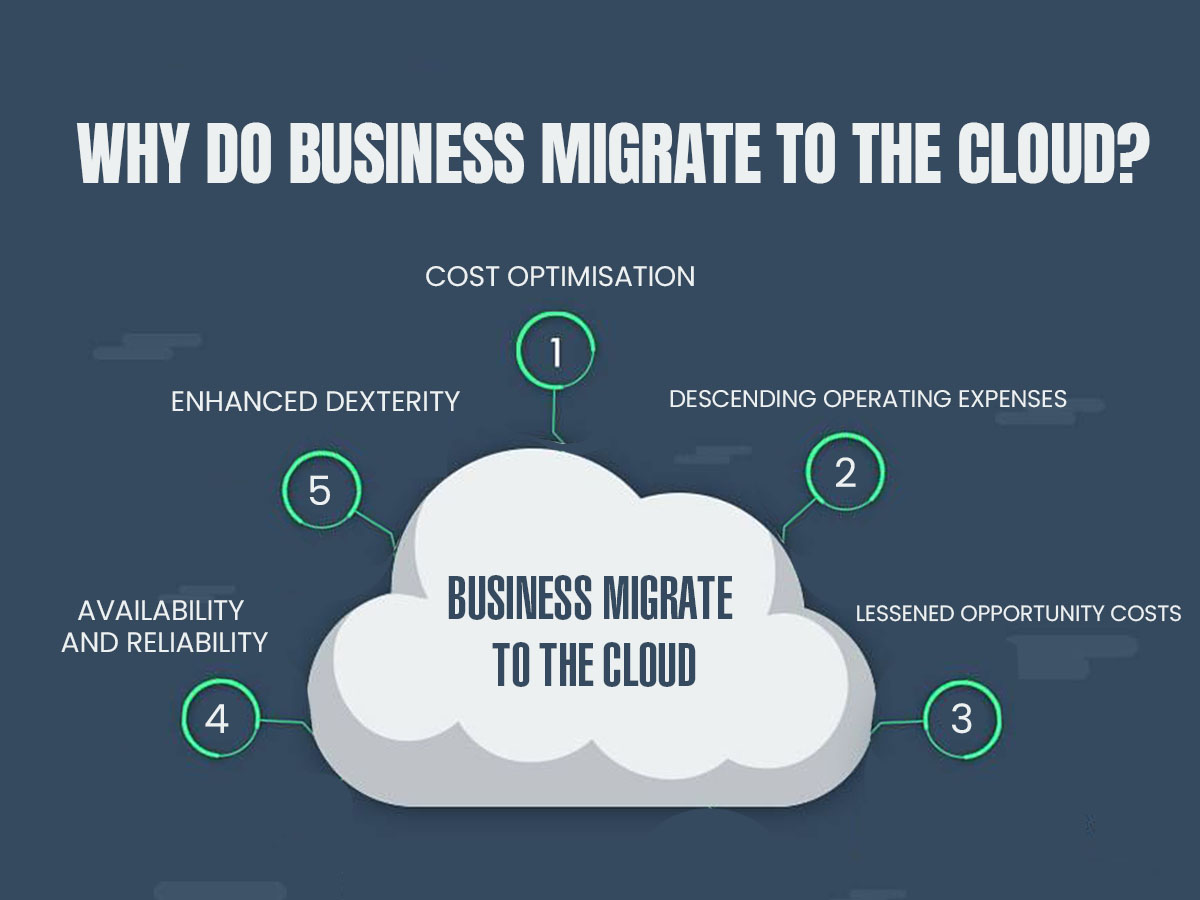
For several reasons, businesses would require cloud migration services. Some vital ones are listed below:
Otherwise, you would buy hardware yourself; the cloud service provider will supply you with hardware. Thus, you can gain the money spent on storage devices, switches, servers, firewalls and routers. A penny saved is a penny earned.
With cloud computing, you would require less staff and resources to maintain. It also lessens your processing cost.
You can save considerably by shifting the data to the cloud with recurring fees. Generally, capital expenditures and opportunity costs go hand in hand.
With the cloud, you have to bother only about the present expense. You need to plan for the space for five years. Then, you can rapidly and quickly increase the fixed ratio according to your needs.
Data loss and downtime can be lowered with cloud migration. Several service providers in cloud migration services have agreements that assure you of 99 per cent plus the system’s availability and reliability. Thus, providing you with high-speed connections.
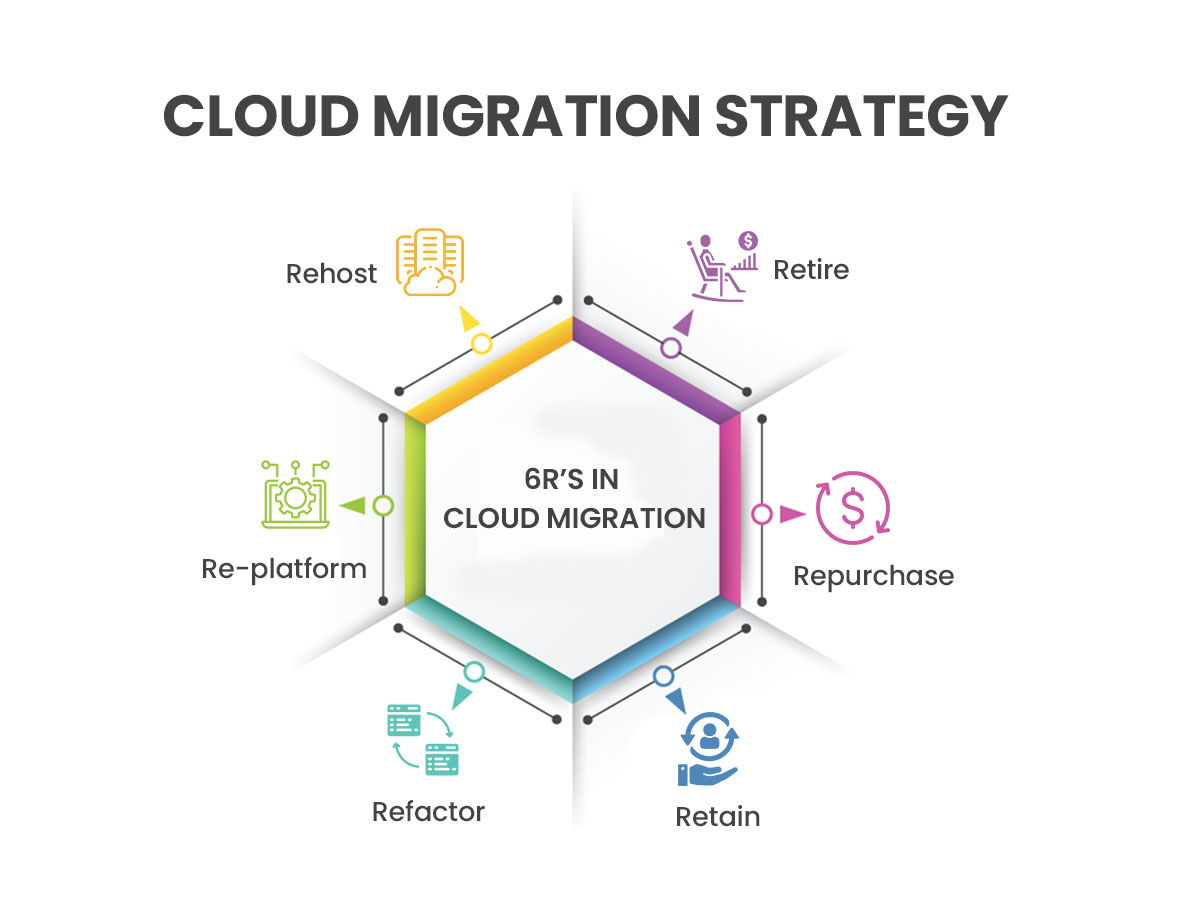
Whilst the transition to the cloud is profitable, they have its downsides. So many business firms are left with a dilemma – Which strategy best suits my organisation? So why we are here to provide some knowledge about the 6R's in cloud migration:
It is a kind of strategy, also called “lift and shift'' migration, that includes relocating the replica of your current infrastructure onto the cloud. One of the quickest migration methods is a costly affair. However, it is a feasible choice for you if your framework relies primarily on virtual machines.
The “move and improve” strategy involves little adjustments while transferring to the cloud and intends to make the scaling effortless. By upgrading with cloud migration, scaling can become easier in businesses.
It is the best choice for firms that need to acquire all the benefits cloud computing offers. No doubt, it is over the odds. However, it results in more significant dividends eventually. It consists of serverless computing and auto-scaling, which are difficult to acquire by an on-prem configuration.
More often, legacy systems can turn out so misleading that switching them over to the cloud becomes sane. Here is where the repurchase strategy comes to your rescue. If your legacy system grows out to be unmanageable also, maintaining it is costing you exorbitant, then repurchasing should be your choice. The drawback of this strategy is that you should train the employees and end users to work with a third-party system that will absorb your time and resources.
More frequently; big firms find the elements of their infrastructure irrelevant while they transit to the cloud. A drawback of such elements is that they are redundant and pose a security threat. In such occasions, it is sensible to retire these elements and hold them from transferring to the cloud. It saves your money and enhances your security.
Some firms may not require moving their modules to the cloud since they are secured when maintained on-premise. Here the strategy of “retaining” is helpful. Generally, this happens when one or more than one module of the firm’s infrastructure is mismatched with the cloud platforms. For example, it is best to retain the data on-prem if the architecture was newly built with considerable investments or if the module cannot be transited for some official reasons.
Note: It is not mandatory to choose one cloud migration strategy at a time. You are free to make the permutation and combinations of these strategies to avail a lucrative cloud migration.
The good news is that you will experience seamless cloud migration solutions with smart tech. Smart tech provides the best cloud migration in Melbourne. Our company has an array of advanced technological services that help you from strategising to implementation. Cloud migration has been an innovative concept in recent times. It is a process of switching the on-premise data to the cloud, so they are not reached beyond the cloud’s firewalls. Cloud migration is a complicated undertaking for any business or firm. A meticulous planning and evaluation can sail you through the complications of cloud migration and harvest the advantages of the cloud. With cloud migration, you can share files easier, cheaper and faster. Cloud computing enables employees to work at any time and anywhere. Downtime and large expenditures are the worries that a conventional working system had for us in store. A cloud can help you by effortlessly securing your data.